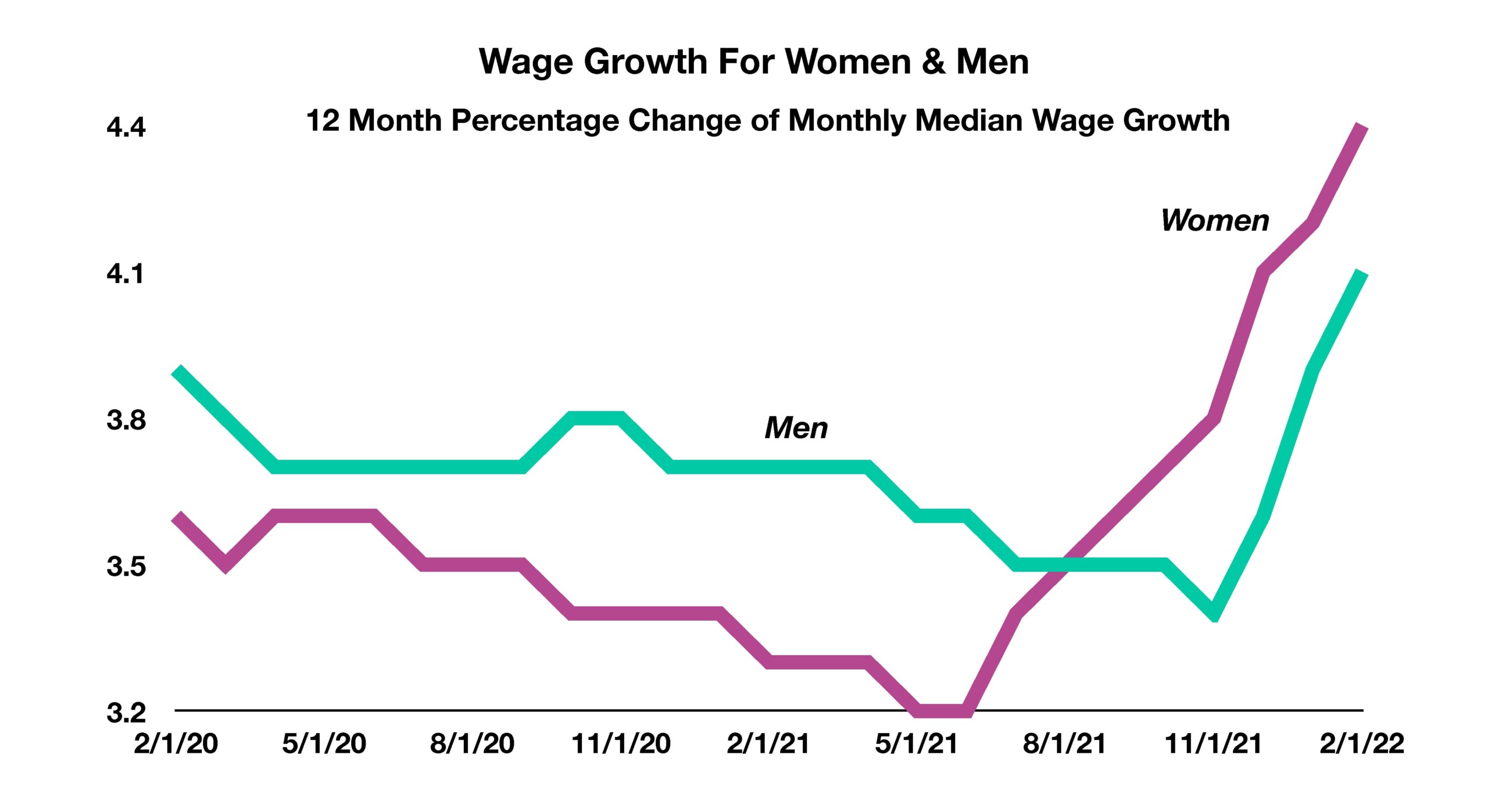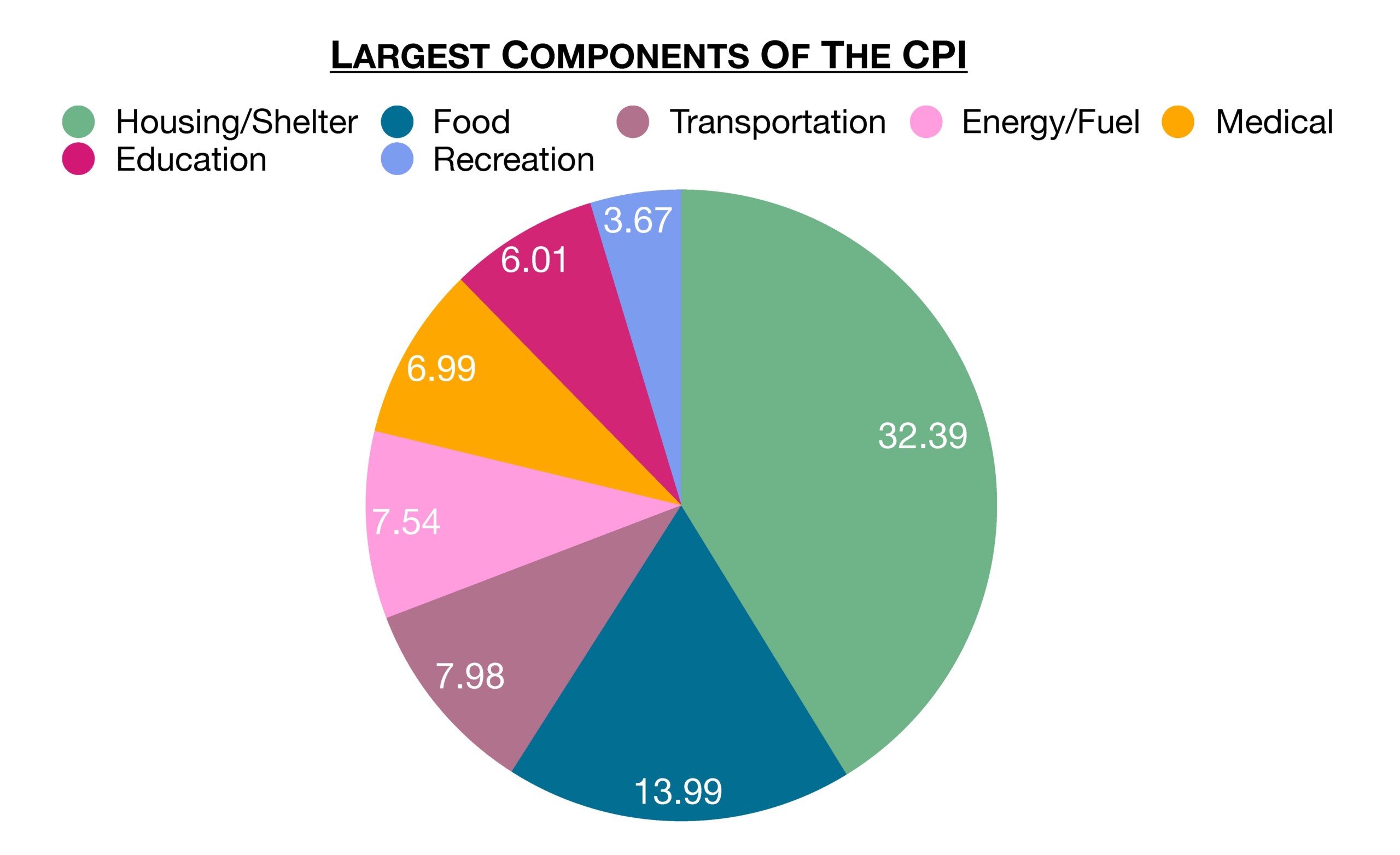
Michael McCormick
5 West Mendenhall, Ste 202 | Bozeman, MT 59715
406.920.1682 mike@mccormickfinancialadvisors.com
Sustainable Income Planning | Investments | Retirement
Stock Indices:
| Dow Jones | 44,094 |
| S&P 500 | 6,204 |
| Nasdaq | 20,369 |
Bond Sector Yields:
| 2 Yr Treasury | 3.72% |
| 10 Yr Treasury | 4.24% |
| 10 Yr Municipal | 3.21% |
| High Yield | 6.80% |
YTD Market Returns:
| Dow Jones | 3.64% |
| S&P 500 | 5.50% |
| Nasdaq | 5.48% |
| MSCI-EAFE | 17.37% |
| MSCI-Europe | 20.67% |
| MSCI-Pacific | 11.15% |
| MSCI-Emg Mkt | 13.70% |
| US Agg Bond | 4.02% |
| US Corp Bond | 4.17% |
| US Gov’t Bond | 3.95% |
Commodity Prices:
| Gold | 3,319 |
| Silver | 36.32 |
| Oil (WTI) | 64.98 |
Currencies:
| Dollar / Euro | 1.17 |
| Dollar / Pound | 1.37 |
| Yen / Dollar | 144.61 |
| Canadian /Dollar | 0.73 |
Dear Friends,
Many pundits are claiming that investors are in for tough sledding in the future. After many years of watching the prices of most everything go up, they may now be reaching their limits. In fact, corporate bonds have already incurred a gut punching ~12% loss year to date! Since the bond market is about 10x the size of the stock market, this is significant news and will have wide effects on all investments. Stock market sector returns have run the gamut from Oil and Commodities (+28%), to Consumer Staples (+2%) all the way down to poor Zuckerberg and his ‘Meta Mess’ (-34%). In contrast, real estate prices have by-passed ‘Bananas Valuations’ and are now moving towards ‘Funny Money’. However mortgage rates have also increased significantly, and sadly that portends even more buyers may now be priced out of home ownership. Things are happening quickly and people are making financial decisions emotionally.
Inflation is real, and will erode cash. Rates are rising and will continue to put downward pressure on bonds and leveraged investments. This is a poor time to make a financial error. Sitting tight and watching is a fine stance for now, but only for so long.
In particular, I’m watching for a decrease in demand as opposed to the increase in supply that has been hoped for. It should be unusual for us to see bare shelves at the grocery store, closed restaurants due to staffing shortages, and homes going for 20% above asking prices. But we have gotten to become comfortable with it. This is what happens after years of liquidity being put to the people and consumption runs unchecked. The rally cry that we need more supply of (insert your desire here) is dangerous, unsustainable and has become inflationary. The Fed agrees and has begun to impose the more healthy option to aggressively raise rates and reduce its balance sheet. Don’t fight the Fed.
As Jim Cramer says, ‘There is always a bull market somewhere” and new opportunities are presenting themselves thanks to higher interest rates and risk repricing. Careful stock selection, diverse portfolios, and discipline will continue to outperform fear based decisions. If it wasn’t a bit scary right now I’d be more concerned.

Not immune it turns out!
Statistically, it was my turn.
Well, I finally got ‘it’. After 2 years of somehow evading COVID, it finally caught up with me. While my symptoms are mild, they are persistent. How ironic that I had flippantly declared the pandemic ‘over’ last week! So yes, the pandemic is apparently still on and we are now learning to live with it. More painful is living with the images coming from Ukraine and feeling helpless. The US economy is still strong, the markets are functioning fairly, and wherever we end up, we will certainly overcorrect on the way there. These are icy roads we are traveling indeed!

